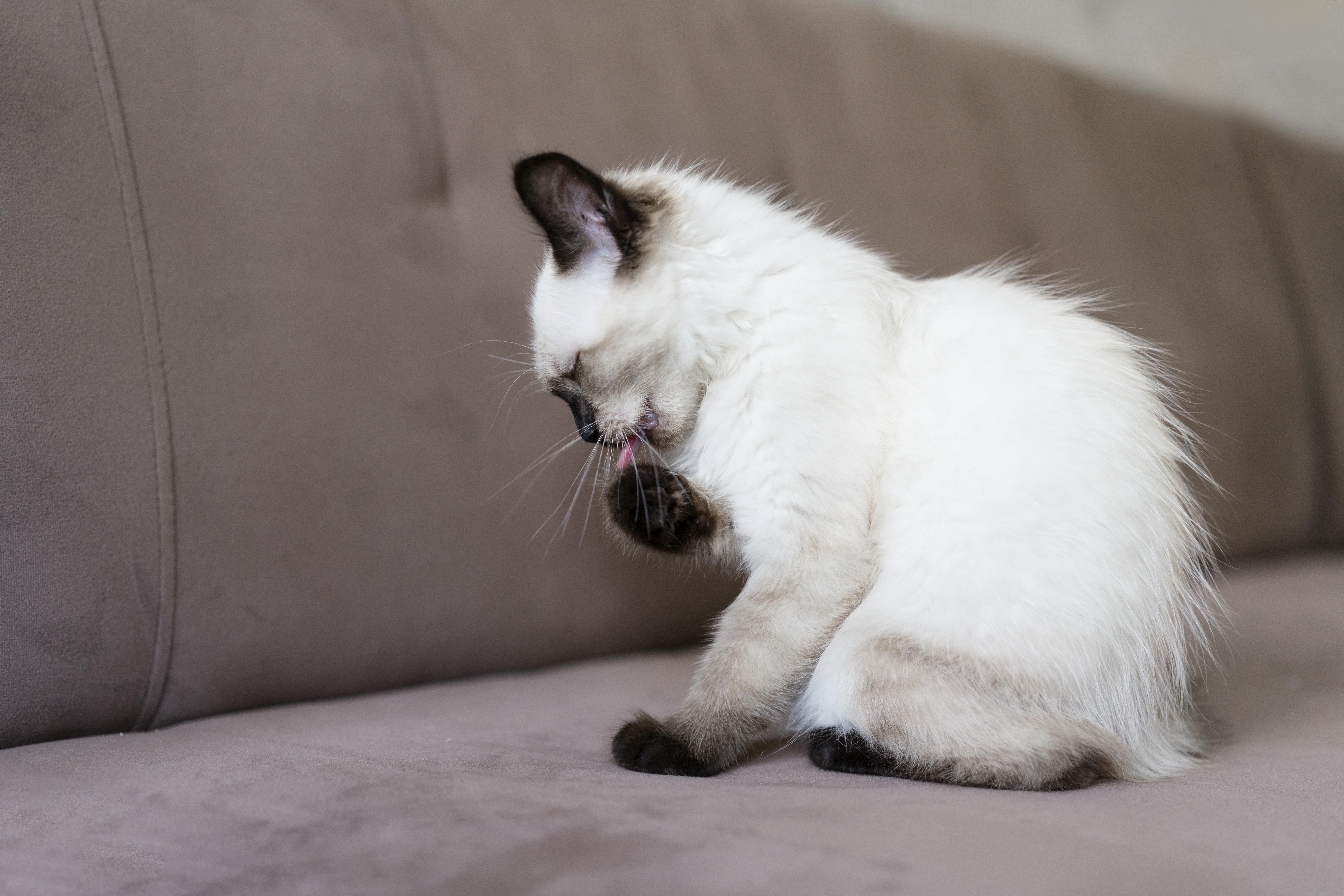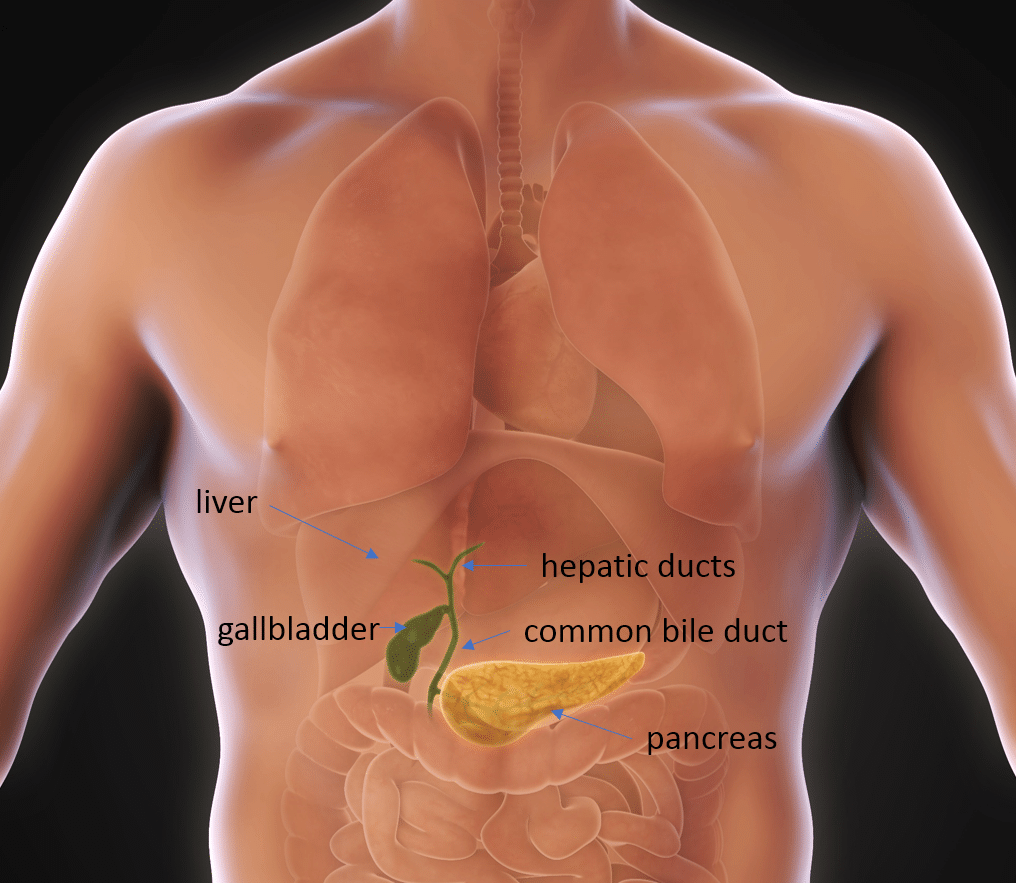Understanding Skin Problems in Cats: Causes, Symptoms, and Solutions

Strong 8k brings an ultra-HD IPTV experience to your living room and your pocket.
If your cat has suddenly started scratching more than usual or you’ve noticed strange bumps or bald patches, you’re not alone. Skin problems in cats are surprisingly common and can be caused by a variety of issues—some mild, others requiring immediate attention. As cat parents, it’s our job to recognize the signs and help our furry companions feel comfortable in their own skin again.
From itchy parasites to stubborn allergies and even feline acne, these conditions may look similar on the surface, but their causes and treatments differ drastically. Understanding what’s going on beneath the fur can make a world of difference.
Common Causes of Skin Problems in Cats
1. Fleas and External Parasites
Fleas are a top culprit behind feline skin irritation. Even one flea bite can trigger intense itching and allergic reactions, especially in sensitive cats. Other external parasites like lice and mites also wreak havoc on the skin, often leading to scabs, inflammation, and hair loss.
2. Food or Environmental Allergies
Cats can be allergic to certain proteins in food or environmental allergens like dust mites, pollen, or mold. These allergies often show up as chronic itching, excessive grooming, red skin, or recurring ear infections.
3. Fungal Infections
Fungal infections like ringworm are contagious and appear as round, hairless lesions with red or scaly skin. Because it can spread to humans and other pets, ringworm requires prompt treatment.
4. Bacterial Infections
These can develop from broken skin due to excessive scratching or licking. You may notice pus-filled bumps, open sores, or areas that smell unpleasant—classic signs of bacterial involvement.
5. Feline Acne and Skin Irritation
Some cats develop blackheads or pimples around their chin or lips—commonly referred to as feline acne. Often caused by bacteria, poor grooming, or reactions to plastic bowls, acne is usually mild but can become inflamed or infected. Many owners confuse it with other conditions, especially mite infestations. Knowing the difference between cat chin mites vs acne is important, as the treatments are completely different—one may need simple hygiene changes while the other requires veterinary-prescribed anti-parasitic medications.
Signs Your Cat Might Be Struggling With a Skin Issue
Cats are notoriously good at hiding discomfort, so catching a skin issue early means watching closely for subtle signs. Common symptoms include:
- Constant scratching or over-grooming
- Scabs or flaky skin
- Redness or swelling
- Thinning fur or bald spots
- Oozing bumps or crusty patches
- Bad odor coming from the skin
- Sudden behavioral changes (hiding, irritability)
If your cat is licking one area obsessively or suddenly doesn’t want to be touched, that’s your clue something’s up.
Getting a Proper Diagnosis
When skin problems persist for more than a few days or seem to be getting worse, it’s time for a vet visit. Diagnosis may include:
- Skin scrapings to identify mites or lice
- Fungal cultures to test for ringworm
- Allergy testing (especially for recurring flare-ups)
- Bloodwork to rule out hormonal or autoimmune causes
- Biopsies for persistent or unusual skin lesions
A vet’s insight is key to finding the root cause—and avoiding guesswork or ineffective treatments.
Treatment Options for Common Skin Conditions
Parasites:
Topical or oral medications can eliminate fleas, mites, or lice. It’s crucial to treat your cat, other pets, and the environment to avoid reinfestation.
Infections:
Antibiotics, antifungal creams, or medicated shampoos help clear up bacterial and fungal infections. Always complete the full course of medication to prevent recurrence.
Allergies:
Dietary changes (like switching to a hypoallergenic food) or environmental modifications can reduce allergic reactions. Your vet may also prescribe antihistamines or steroids for short-term relief.
Feline Acne:
Cleaning the chin with mild antiseptics and replacing plastic food dishes with stainless steel can improve symptoms. Severe cases may need antibiotics.
Prevention Tips for Healthy Cat Skin
- Use flea prevention products year-round—even for indoor cats
- Brush your cat regularly to remove dirt, loose fur, and allergens
- Switch to ceramic or stainless-steel bowls to reduce bacteria buildup
- Keep your home clean, especially bedding and favorite sleeping spots
- Avoid scented cleaning products or strong detergents near your cat
- Ensure a high-quality diet that supports skin and coat health
- Monitor for stress triggers, which can lead to overgrooming
When to Call the Vet
Some skin issues are mild and temporary. Others can escalate fast if left untreated. Contact your vet if you notice:
- Sores or wounds that don’t heal
- Persistent hair loss or bald spots
- Pain or discomfort when touched
- Pus-filled or bleeding bumps
- Skin conditions spreading to other pets or humans
Your vet can create a customized treatment plan that restores your cat’s comfort and coat.
Final Thoughts
Skin problems in cats can be tricky, but they don’t have to be overwhelming. With a little observation and timely care, most skin conditions can be managed—or even prevented entirely. Whether your cat is dealing with a few blackheads or a full-blown allergic reaction, the sooner you take action, the faster they’ll be back to purring peacefully.
Being informed, attentive, and proactive is the best way to keep your feline friend feeling good inside and out. Because when their skin is healthy, everything else falls into place—soft fur, better sleep, and plenty of guilt-free cuddles.
Note: IndiBlogHub features both user-submitted and editorial content. We do not verify third-party contributions. Read our Disclaimer and Privacy Policyfor details.







